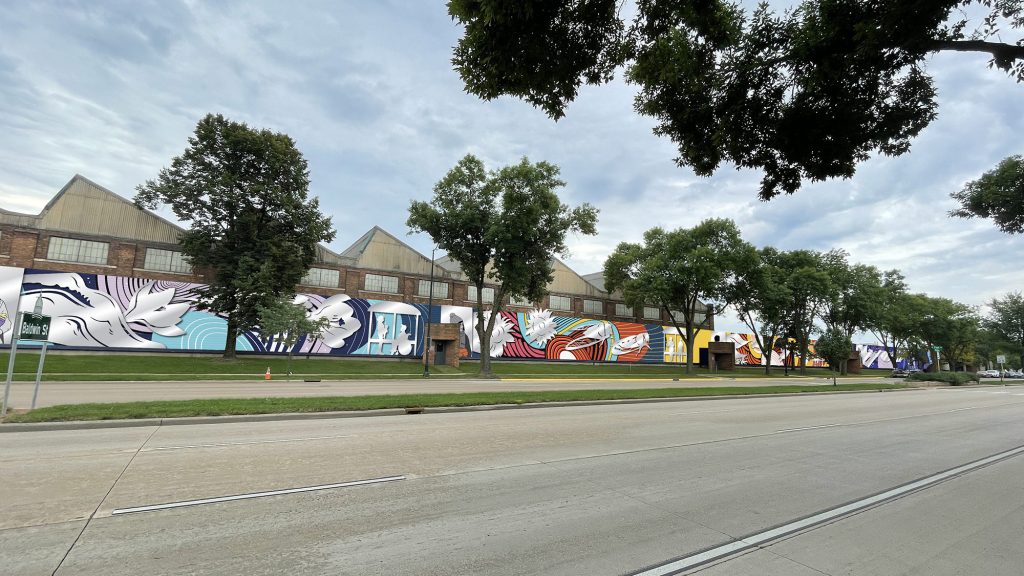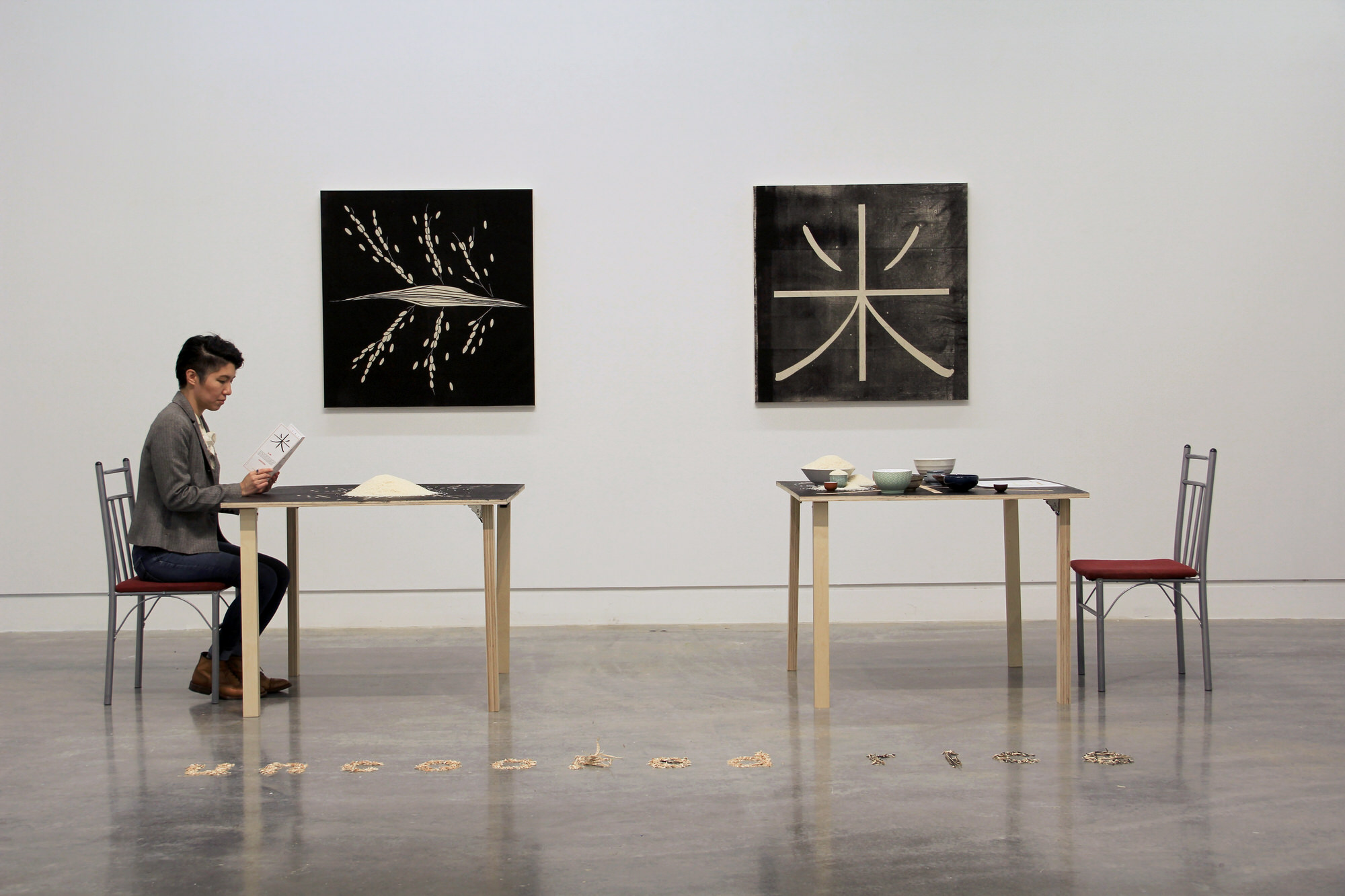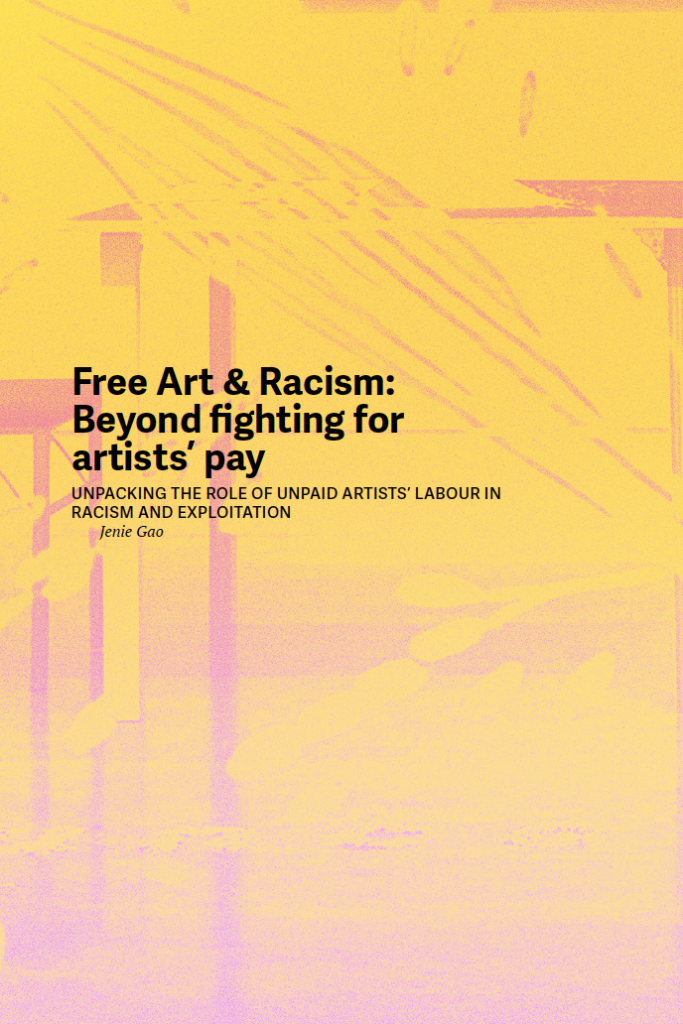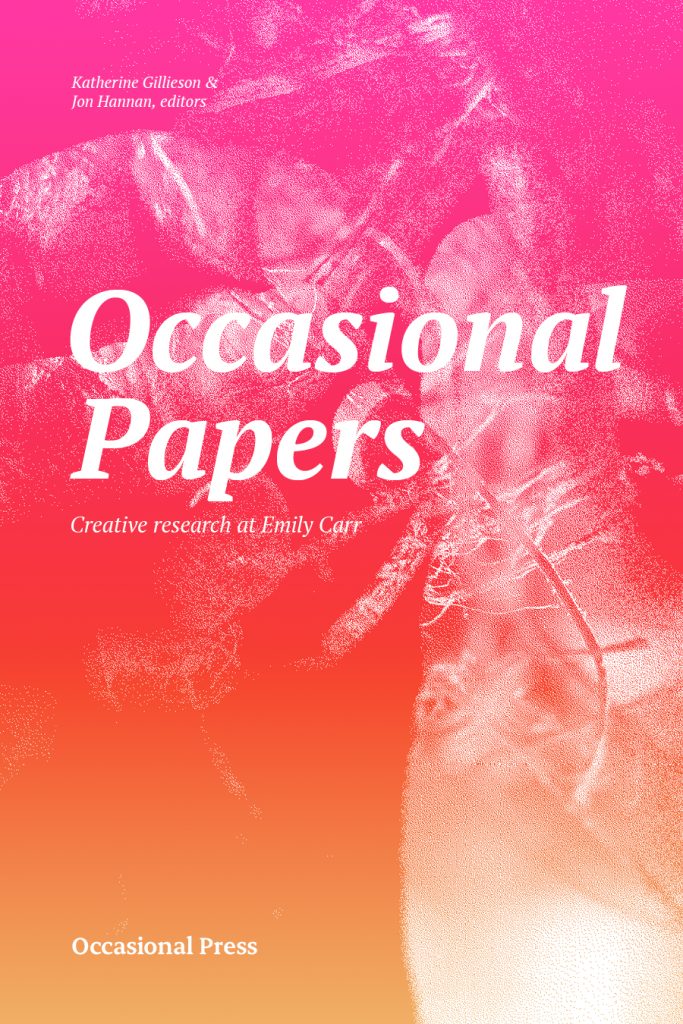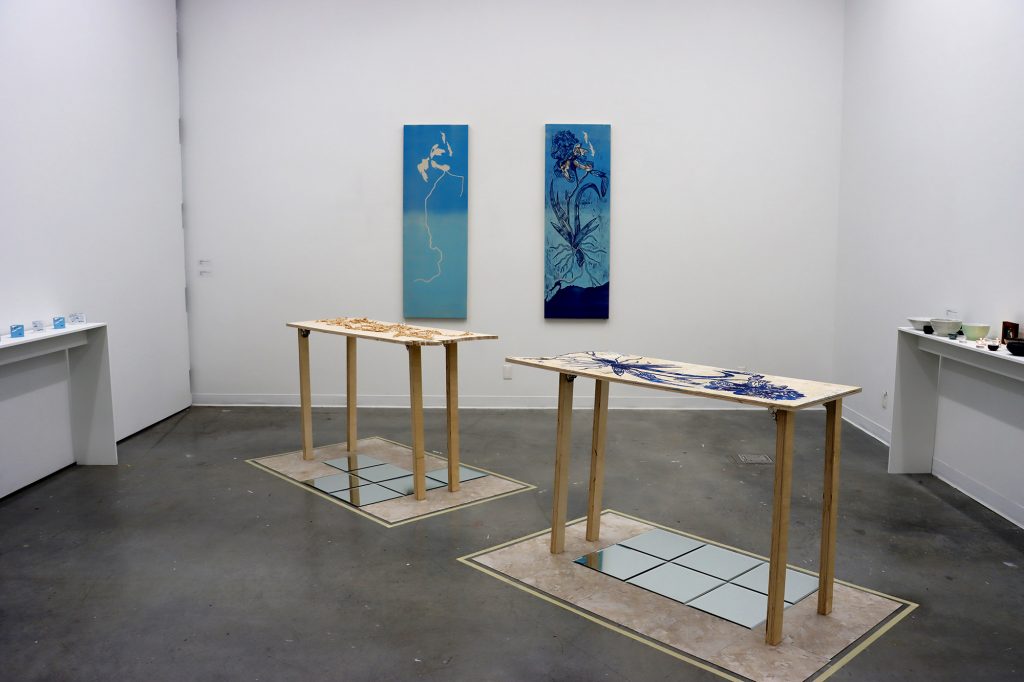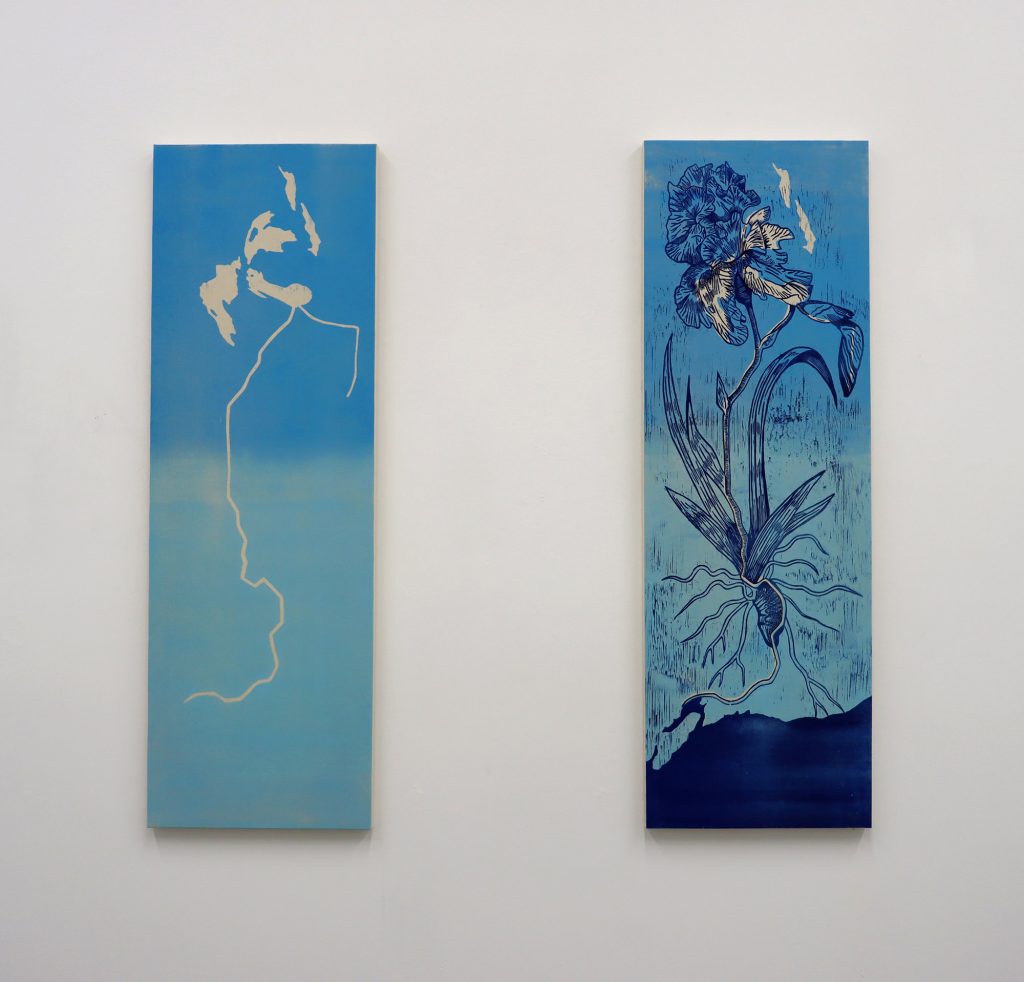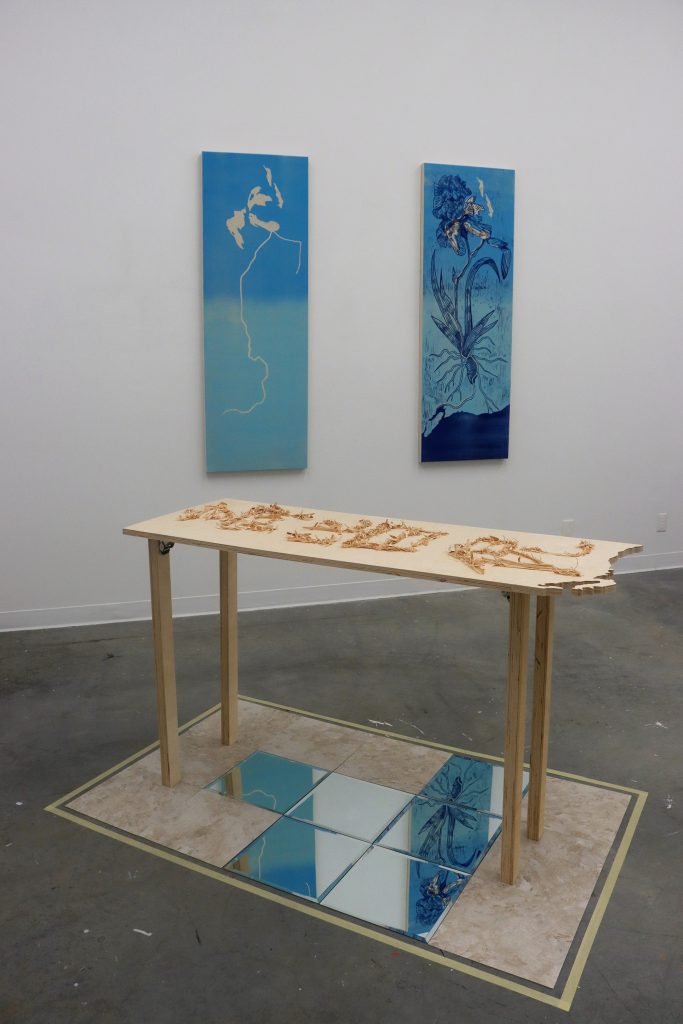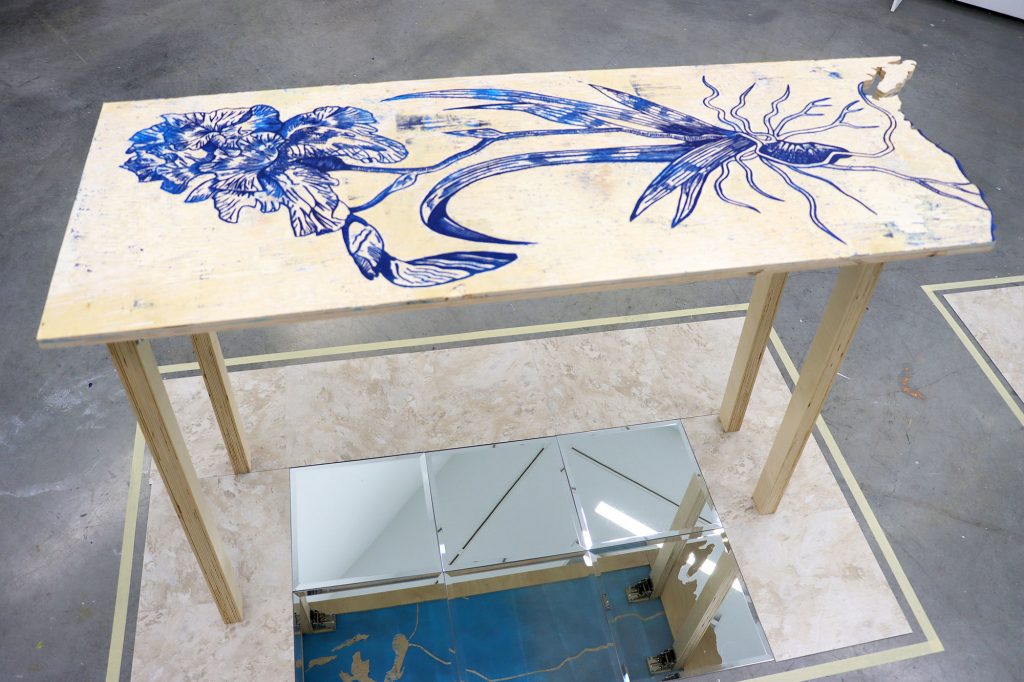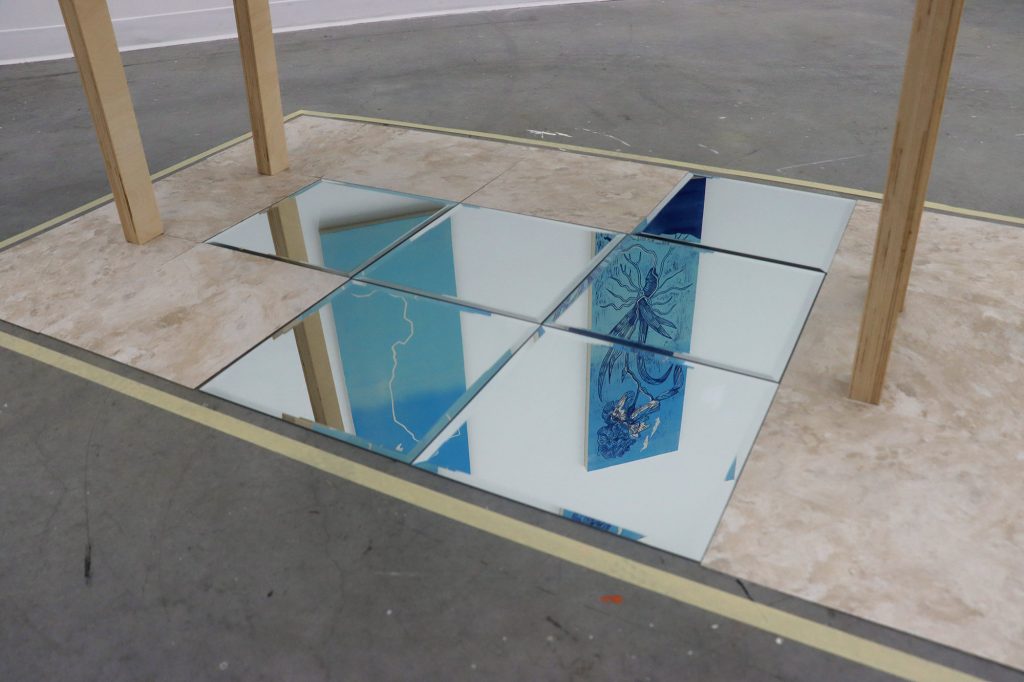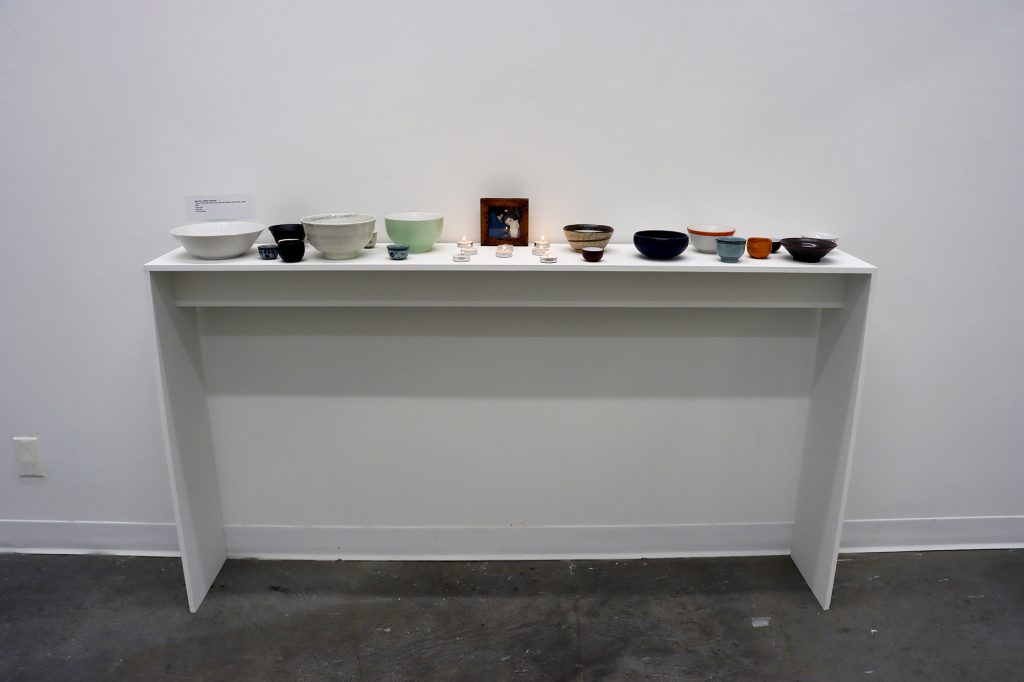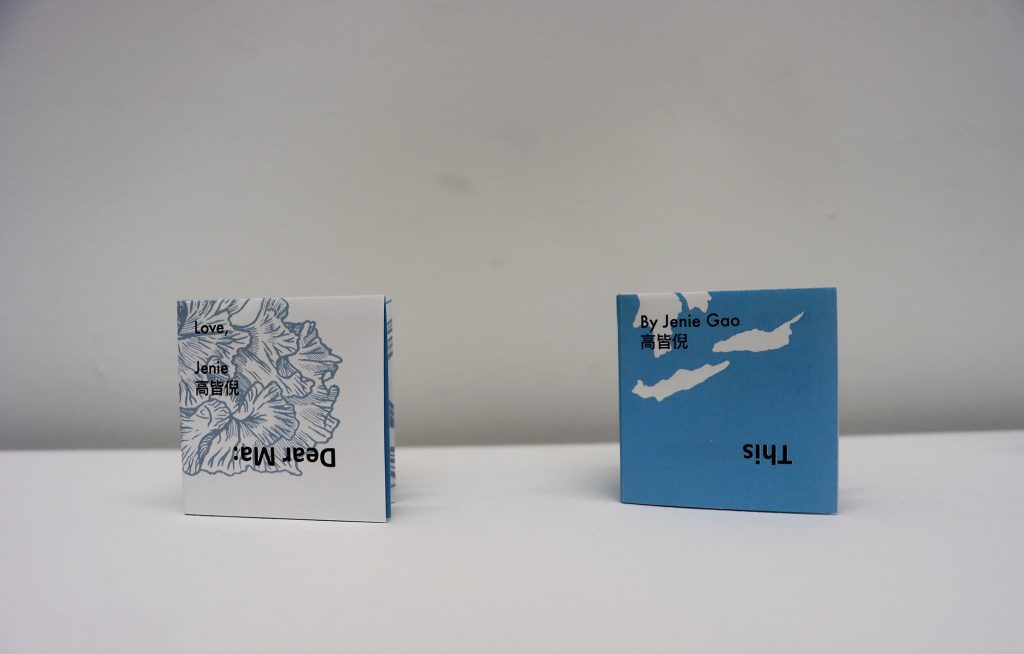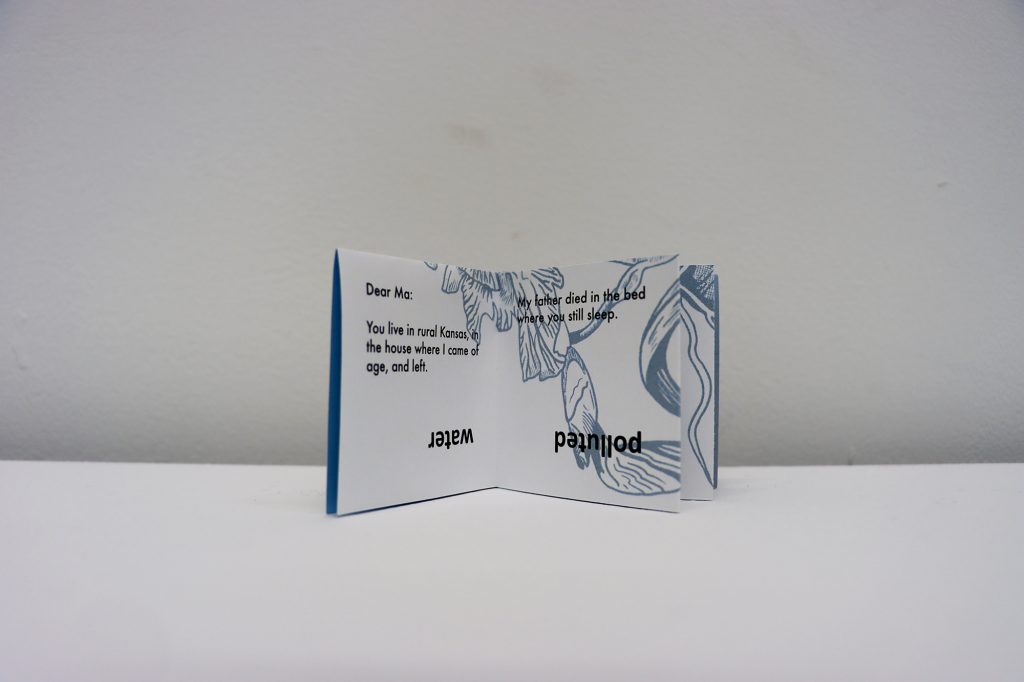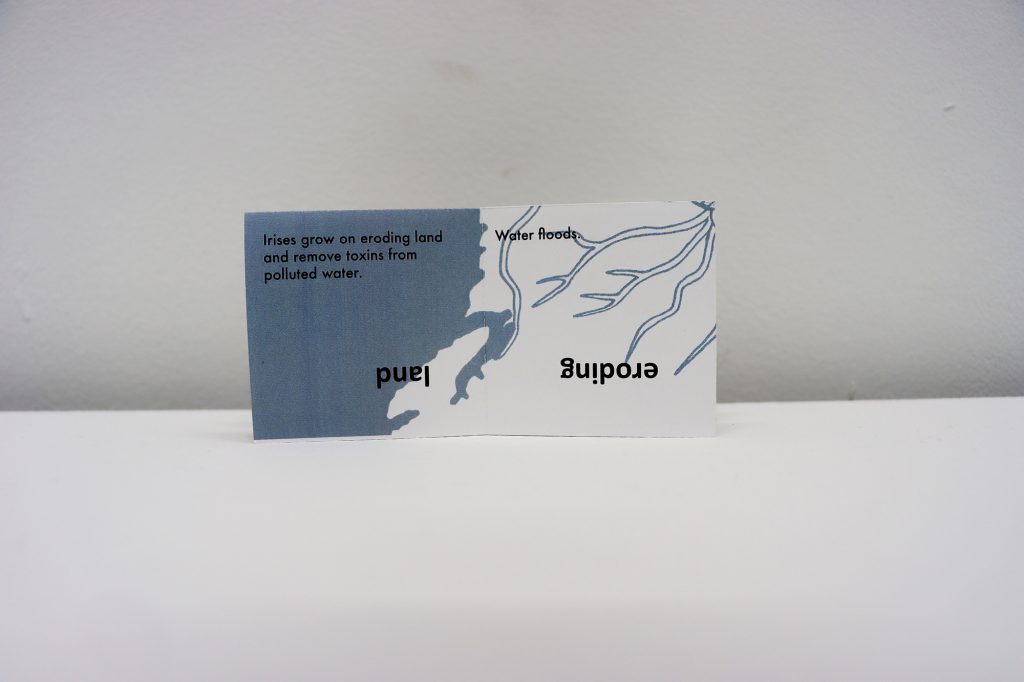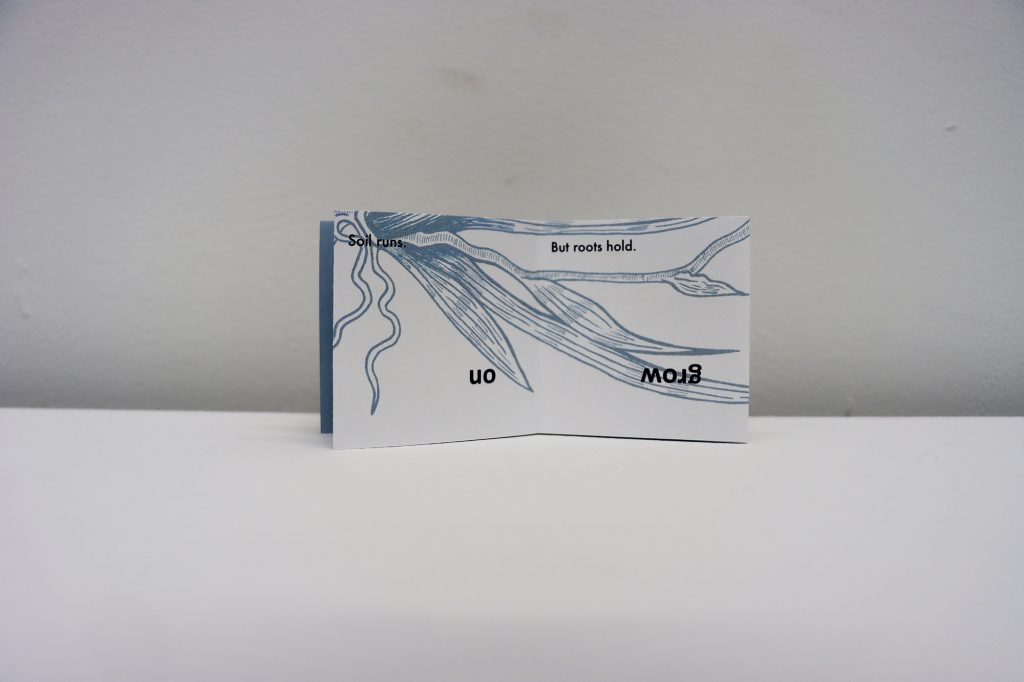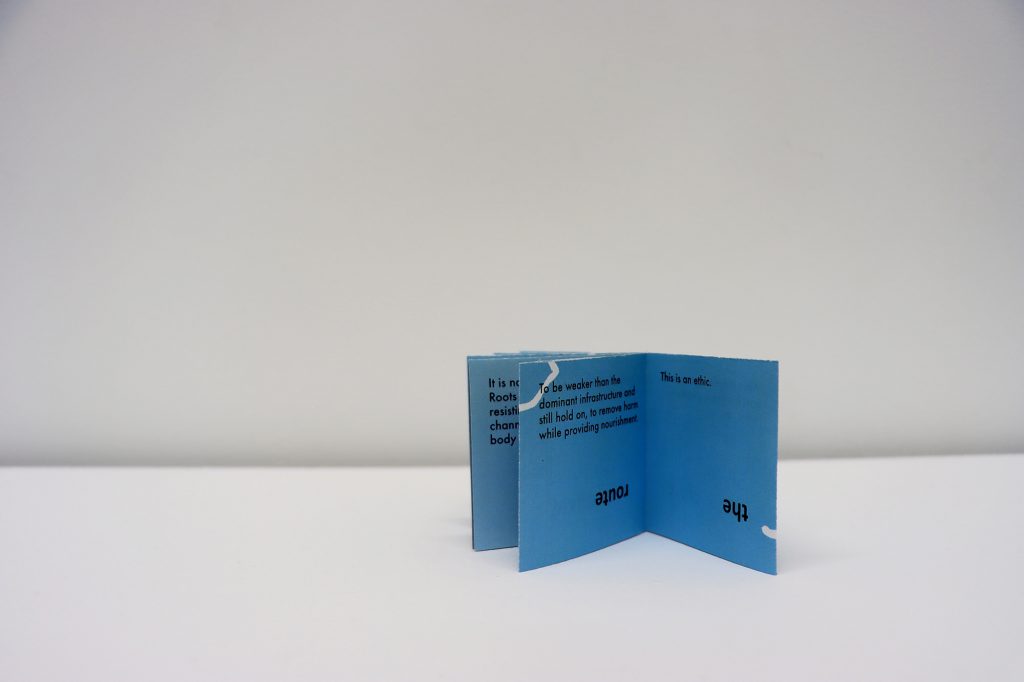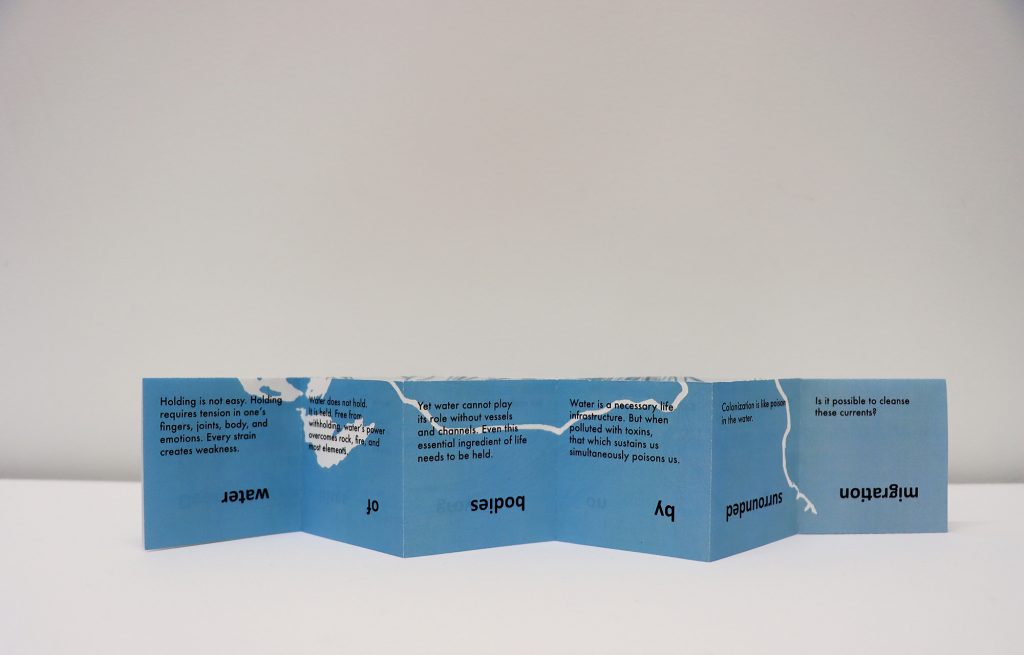In summer 2022, I became one of four finalists for a public art commission with Madison Metro Transit. I was the only person of color who was a finalist. I centered my proposal on the perspectives of bus riders–majority BIPOC–who rely on public transit to stay connected in their communities. My final design portrays the passage of time from the perspectives of passengers, who expressed that even on long commutes, they feel independence and ownership of their time spent in transit. My years of relationship building, experience with community engagement, and approach to the proposal resulted in an outpour of community support. There are 77 pages of public comments in response to the Metro finalist proposals that almost unanimously endorse me as the artist the city should hire. Within these public testimonies are some incredible insights into the design of public spaces that city residents advocate for.
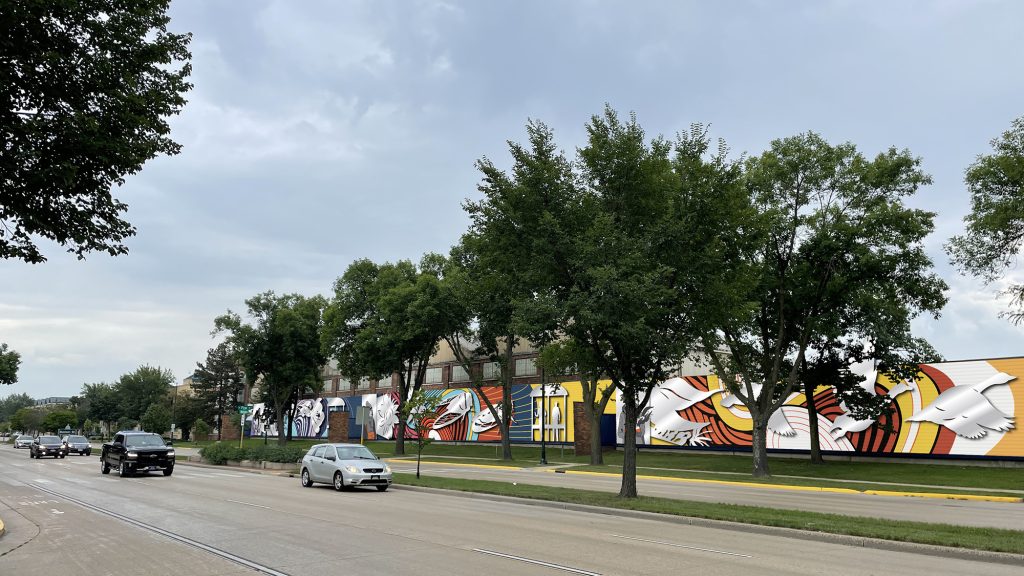
I officially won the commission in fall 2022. You can read the official press announcement at The Isthmus.
For the MFA State of Practice exhibition in September 2022, I brought my public art practice into the academic institution and turned the white box gallery into a learning space. The project made visible the often hidden labor of the arts. It presented possible answers to the questions and misgivings that current students may have about what they do after art school. It helped to close the gap I sometimes feel between the work I create for gallery and museum shows and the work I do out in the community, how each gets valued, and whom the work is perceived to be for.
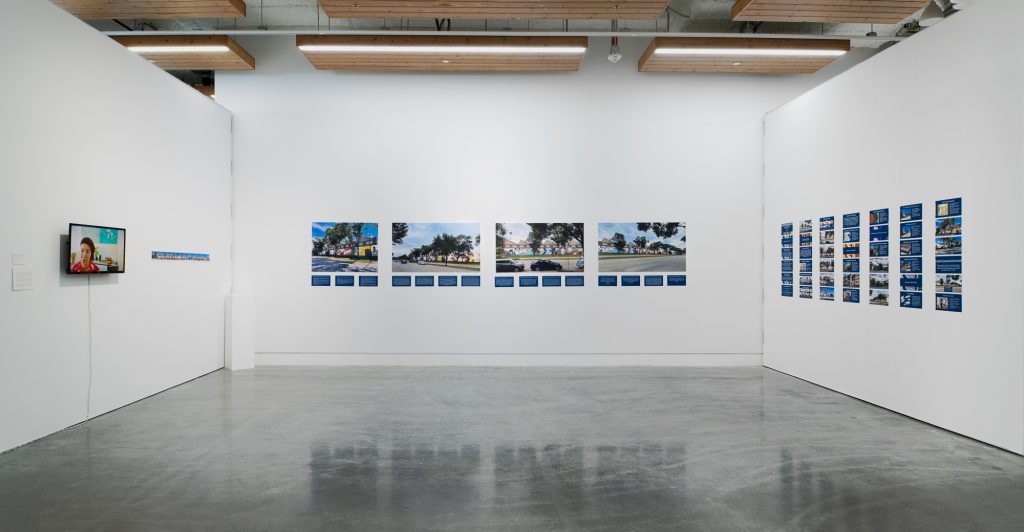


The art world tends to look down on works like murals, community art, public art, and art forms that are more accessible to the general public, which conflicts with the inclusive values that the arts like to tout. I enjoy working across these different art spaces, but I often find that the audiences I’m most interested in engaging with aren’t exclusively those who visit galleries. Displaying the art of the art proposal was a way for me to bring my passion for grassroots work into an educational space that is presumably preparing students for the world beyond school.
Exhibiting this project was also a chance to connect my public facing practice with my personal motivations to do this work. Why am I concerned about the ethics of artistic practice, or how artists’ work gets used? Why am I fixated on devising methodologies to challenge, disrupt, and change the role that the arts can play in our communities? Why should I be the author of these thoughts and this research?
I further see public art can be an opportunity for community stewardship. Whose needs aren’t being met? Who stands to benefit from this work? How will this work impact the surrounding ecosystem? Who and what will we center in each negotiation?
